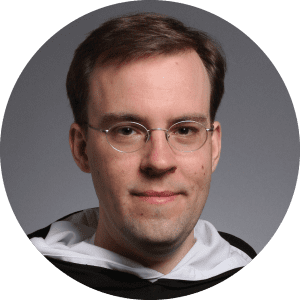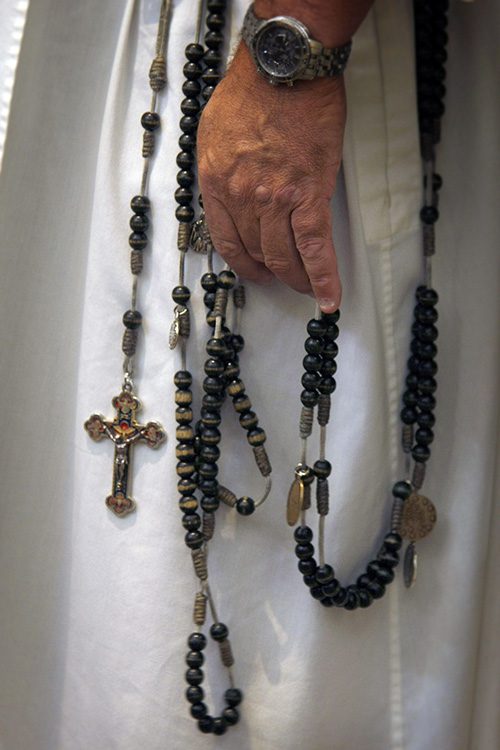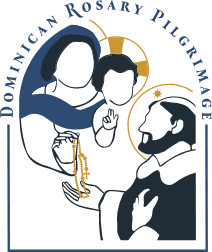
By Father Pius Pietrzyk, O.P.
On May 23rd, 2008, I was ordained a priest of Jesus Christ. I like to think that my Nana—my Irish grandmother—is having a great laugh right now. She always hoped that I would become a priest. I thought about it a great deal when I was in high school. I even decided I would become a priest, in that half-hearted way teenagers make any long-term decision. But like so many young people, the lure of ambition and the prestige of the world pulled me away from the Church. A career in the law became my goal, and God took a back seat, and I was content to keep Him there.
But, try as we might, God never lets us go. “Where can I hide from your spirit? From your presence, where can I flee? … If I fly with the wings of dawn and alight beyond the sea, even there your hand will guide me, your right hand hold me fast” (Psalm 139). I think the same can be said of grandmothers.
It was a great sadness to me when my Nana died. It was April 30th, weeks before my college graduation—and I was to be the first of her grandchildren to graduate from college. But she left me something very valuable; she left me her Rosary. It was not valuable in the way the world measures value, but only so in the way a grandson values the keepsake of a dearly missed grandparent.
It was valuable in another way, too. That Rosary was priceless in that it was like a cord passed from God through my Nana’s hands to me. Years later, after I did graduate from law school, as I began to embark on a promising career in a prestigious Chicago law firm, I discovered that Rosary again. But this time, I began to pray it.
As I did, God gave a firm tug on that cord, and slowly brought me back to Him. It was in that time of prayer that I discovered that as happy as I was being a lawyer, the Lord wanted for me an even greater happiness. And so, at the dawn of my career, I left all the things the world told me were valuable, to serve God in his Church.
While all of this is ultimately attributable to God’s grace, I think my Nana’s prayers were a part of it, too. Some time after I became a Dominican—and after I took the name ‘Pius,’ after the Dominican saint Pope Saint Pius V—I learned a surprising fact. The Church celebrates the feast day of my new patron Saint Pius on April 30th, which is the exact same day my Nana left this world. I like to think that coincidence was my Nana’s way of saying “I told you so.” So, if you were at my ordination, and you heard the echo of faint laughter, it was probably just my Nana, happy that I finally realized she was right all along.

